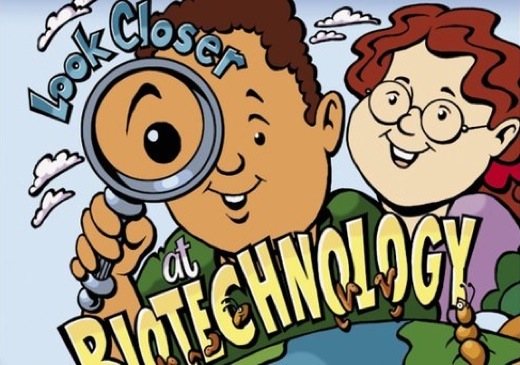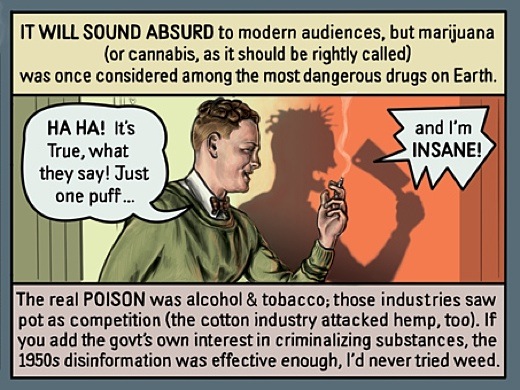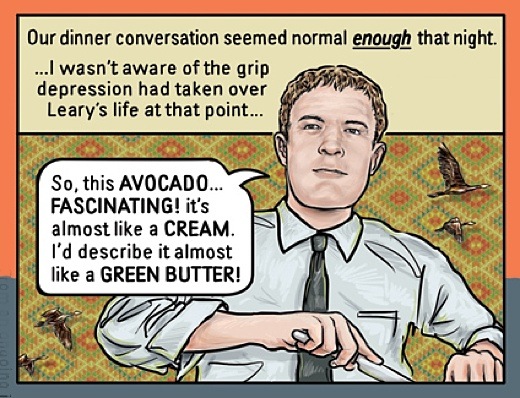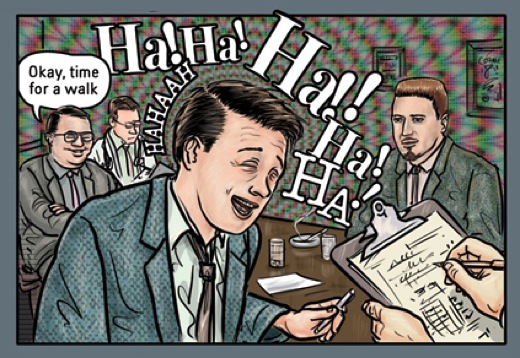SUBHEAD: Media and the devices that present content are transient like everything else. Get used to it.
By Juan Wilson on 13 March 2017 for Island Breath -
(http://islandbreath.blogspot.com/2017/03/its-all-temporary.html)

Image above: Photo of obsolete and/or broken technologies I keep on a windowsill to remind me of the transience of media reality. Photo by Juan Wilson.
The last few weeks I've been trying to replay some video tapes I shot in the years between 1997 and 2007. In that decade I was using Sony Hi8 Digital video camera. I had about almost a hundred hours plus of recordings. My kids, my wife's kids, living in Panama NY, visiting Panama Central America. Living on Maui, renting a house on the Big Island, moving to Kauai, etc.
Problem was my older SonyHi8 was dead and the newer Digital Hi8 wasn't tracking the tape well. I went to Ebay and found an "as good as new" digital Hi8. It tore three tapes in half. I returned it and went back to my newer Hi8. After lots of coaxing I got it to go and have been able to view a few of the tapes.
Bottom line. You cannot go back very far relying on digital recordings or records of your life to be there when you want them in the future.
I have kept libraries of records from various digital technologies going back to the 1960's and unless I get a special pass for the "Old Digital Devices section of the Smithsonian Museum I will likely never see or hear the content of those libraries.
For example, in the late 1960's I was studying architecture at the Cooper Union in New York. They had a new computer center that took up two classrooms that ran Digital Equipment Corporation (DEC) state of the art PDP-8 computer. It compiled programs and read data off punch cards and would type the results on a 17" wide chain driven impact printer.
A classmate, Ralph Lerner and I wrote structural engineering programs in Fortran IV and could calculate structural engineering stresses on various frames by punching cards describing loads and their arrangement on the frame. The impact printer would draw the frame and note results of calculations.
I have a library of all the programs Ralph and I wrote. They have weathered the 50 years but I have no DEC computer to compile programs and run data cards through. In fact DEC corporation, once number the number two to IBM, no longer exists. I will never see those programs run again.
Later, in the early 1980s working in the field of architecture at Davis Brody & Associates I used DEC VAX-11 computer. The VAX was the first widely used 32-bit minicomputer.
The VAX-11 was capable of running serious Computer Aided Design software. Davis-Brody had a version of G3, the program designed for General Electric to do engineering drawings for such things as nuclear power plants.
Our first workstation cost $250,000. AutoCad today costs about 1% of that today.
I still have DEC 1" compact tapes that contain the G3 program and the macro-programs we developed specifically for architecture. Those tapes will never see a VAX-11 again.
I also have 5.25" floppies from PC computers as well as 3.5" floppies used by Amiga and Macintosh machines. I even have an bunch of 100mb ZIP discs. None of these will be spun up.
I won't go into the various other formats for work and entertainment I have kept remnants of, but the list goes on.
What has worked of all those decades? Reel-to-reel and LP records. Machines to play those media are still being manufactured. I think the most durable recording technology in my lifetime has been the cassette audio tape. I have several hundred that go back to the early 1970s and they still sound fresh. I think that's in part because I recorded most on high-end tapes.
It is getting harder to find cassette tape recorders, but they are still available. If you want to hear your tapes into the future get a good one like the Tascam CC-222 mk IV.
I received a CC0-222 from my wife Linda for my 70th birthday two years ago. It's a wonderful machine - a high end cassette that will dub a tape to CD or a CD to tape. The later path might be in order after you read the article below on CD disintegration.
Your CD's are rotting
SUBHEAD: Certifying a CD-ROM did not place any requirement on the chemical or physical stability of the disc.
By Cory Doctorow on 11 March 2017 for Boing Boing -
(http://boingboing.net/2017/03/11/bitrot.html)

Image above: A CD of questionable veracity. From original article.
In 2009, the Library of Congress commissioned a research report into the degradation of CD-ROMs in storage as a way of assessing the integrity of the media in its collection: the news isn't pretty.
The standards for certifying a CD-ROM did not "place any requirement on the chemical or physical stability of the disc," so depending on the manufacturer and process, the discs you've put away on shelves may have wildly different material properties.
The study involved taking a trove of discarded/duplicate CD-ROMs from the LoC's collection and subjecting them to "accelerated aging" processes to see how many errors emerged as the media aged. Keeping discs dry and cool helped reduce error rates, but even so there's a lot of bitrot there.
One thing that's happened since this study is an acceleration in the plunging costs of online storage -- HDDs and SSDs -- and cloud services, which are all "live" media, regulated by microcontrollers that continuously poll their storage media for degradation, marking off sectors as bad when they turn and copying their data to still-good sectors before it becomes unreadable.
This is a major difference between today's state of affairs and the long, awkward adolescence of mass storage, when keeping all your data online was prohibitively expensive, which meant that some fraction of your archives would end up on offline/nearline media, from tapes to CDs to Zip and Jazz and floppy discs.
All media is subject to entropy, but offline/nearline media is not easily hedged against the Second Law of Thermodynamics with measures like continuous scheduled offsite backups and continuous defect-scanning.
.
By Juan Wilson on 13 March 2017 for Island Breath -
(http://islandbreath.blogspot.com/2017/03/its-all-temporary.html)

Image above: Photo of obsolete and/or broken technologies I keep on a windowsill to remind me of the transience of media reality. Photo by Juan Wilson.
The last few weeks I've been trying to replay some video tapes I shot in the years between 1997 and 2007. In that decade I was using Sony Hi8 Digital video camera. I had about almost a hundred hours plus of recordings. My kids, my wife's kids, living in Panama NY, visiting Panama Central America. Living on Maui, renting a house on the Big Island, moving to Kauai, etc.
Problem was my older SonyHi8 was dead and the newer Digital Hi8 wasn't tracking the tape well. I went to Ebay and found an "as good as new" digital Hi8. It tore three tapes in half. I returned it and went back to my newer Hi8. After lots of coaxing I got it to go and have been able to view a few of the tapes.
Bottom line. You cannot go back very far relying on digital recordings or records of your life to be there when you want them in the future.
I have kept libraries of records from various digital technologies going back to the 1960's and unless I get a special pass for the "Old Digital Devices section of the Smithsonian Museum I will likely never see or hear the content of those libraries.
For example, in the late 1960's I was studying architecture at the Cooper Union in New York. They had a new computer center that took up two classrooms that ran Digital Equipment Corporation (DEC) state of the art PDP-8 computer. It compiled programs and read data off punch cards and would type the results on a 17" wide chain driven impact printer.
A classmate, Ralph Lerner and I wrote structural engineering programs in Fortran IV and could calculate structural engineering stresses on various frames by punching cards describing loads and their arrangement on the frame. The impact printer would draw the frame and note results of calculations.
I have a library of all the programs Ralph and I wrote. They have weathered the 50 years but I have no DEC computer to compile programs and run data cards through. In fact DEC corporation, once number the number two to IBM, no longer exists. I will never see those programs run again.
Later, in the early 1980s working in the field of architecture at Davis Brody & Associates I used DEC VAX-11 computer. The VAX was the first widely used 32-bit minicomputer.
The VAX-11 was capable of running serious Computer Aided Design software. Davis-Brody had a version of G3, the program designed for General Electric to do engineering drawings for such things as nuclear power plants.
Our first workstation cost $250,000. AutoCad today costs about 1% of that today.
I still have DEC 1" compact tapes that contain the G3 program and the macro-programs we developed specifically for architecture. Those tapes will never see a VAX-11 again.
I also have 5.25" floppies from PC computers as well as 3.5" floppies used by Amiga and Macintosh machines. I even have an bunch of 100mb ZIP discs. None of these will be spun up.
I won't go into the various other formats for work and entertainment I have kept remnants of, but the list goes on.
What has worked of all those decades? Reel-to-reel and LP records. Machines to play those media are still being manufactured. I think the most durable recording technology in my lifetime has been the cassette audio tape. I have several hundred that go back to the early 1970s and they still sound fresh. I think that's in part because I recorded most on high-end tapes.
It is getting harder to find cassette tape recorders, but they are still available. If you want to hear your tapes into the future get a good one like the Tascam CC-222 mk IV.
I received a CC0-222 from my wife Linda for my 70th birthday two years ago. It's a wonderful machine - a high end cassette that will dub a tape to CD or a CD to tape. The later path might be in order after you read the article below on CD disintegration.
Your CD's are rotting
SUBHEAD: Certifying a CD-ROM did not place any requirement on the chemical or physical stability of the disc.
By Cory Doctorow on 11 March 2017 for Boing Boing -
(http://boingboing.net/2017/03/11/bitrot.html)

Image above: A CD of questionable veracity. From original article.
In 2009, the Library of Congress commissioned a research report into the degradation of CD-ROMs in storage as a way of assessing the integrity of the media in its collection: the news isn't pretty.
The standards for certifying a CD-ROM did not "place any requirement on the chemical or physical stability of the disc," so depending on the manufacturer and process, the discs you've put away on shelves may have wildly different material properties.
The study involved taking a trove of discarded/duplicate CD-ROMs from the LoC's collection and subjecting them to "accelerated aging" processes to see how many errors emerged as the media aged. Keeping discs dry and cool helped reduce error rates, but even so there's a lot of bitrot there.
One thing that's happened since this study is an acceleration in the plunging costs of online storage -- HDDs and SSDs -- and cloud services, which are all "live" media, regulated by microcontrollers that continuously poll their storage media for degradation, marking off sectors as bad when they turn and copying their data to still-good sectors before it becomes unreadable.
This is a major difference between today's state of affairs and the long, awkward adolescence of mass storage, when keeping all your data online was prohibitively expensive, which meant that some fraction of your archives would end up on offline/nearline media, from tapes to CDs to Zip and Jazz and floppy discs.
All media is subject to entropy, but offline/nearline media is not easily hedged against the Second Law of Thermodynamics with measures like continuous scheduled offsite backups and continuous defect-scanning.
The results of this study show that individual CD-ROM life expectancies in a large collection such as that held by the Library of Congress can be expected to cover a wide range. In addition, the BLER degradation rate of individual discs will be dependant on the environmental conditions to which the disc is exposed. Selecting optimal conditions for temperature and relative humidity in facilities where compact discs are stored can be expected to have a significant impact on service life.COMPACT DISC SERVICE LIFE: AN INVESTIGATION OF THE ESTIMATED SERVICE LIFE OF PRERECORDED COMPACT DISCS (CD-ROM) [Chandru J. Shahani, Michele H. Youket and Norman Weberg/Library of Congress]
Other factors not covered in this study, such as handling, labeling, and exposure to certain materials or chemicals, also affect service life and must be considered as part of a comprehensive approach to preserving digital information on compact disc media.
The test population selected for this experiment was extremely diverse; representing discs constructed using different materials, from different manufacturers and record labels.
Although the selected discs covered a relatively limited period of manufacture the wide distribution of life expectancies demonstrates the effect of these varied construction parameters on disc life. 10% of the discs failed at an estimated life of less than 25 years, including 6 discs (5%) that failed too early to obtain meaningful data or a meaningful lifetime estimate. 23 discs (16%) had insufficient increase in errors during the test, and thus, had infinite lifetimes, by the standards of the ISO test method. These results illustrate why it is so difficult to make broad generalizations about the lifetime of optical media.
The Library of Congress plans to conduct analyses of the material composition of selected discs from both this study and the on-going Natural Aging Study to look for trends in failure modes as they relate to the chemistry of the disc. An understanding of these failure modes can help in identifying discs that are prone to early failure so that the data can be transferred to more stable media before they reach end-of-life.
.














